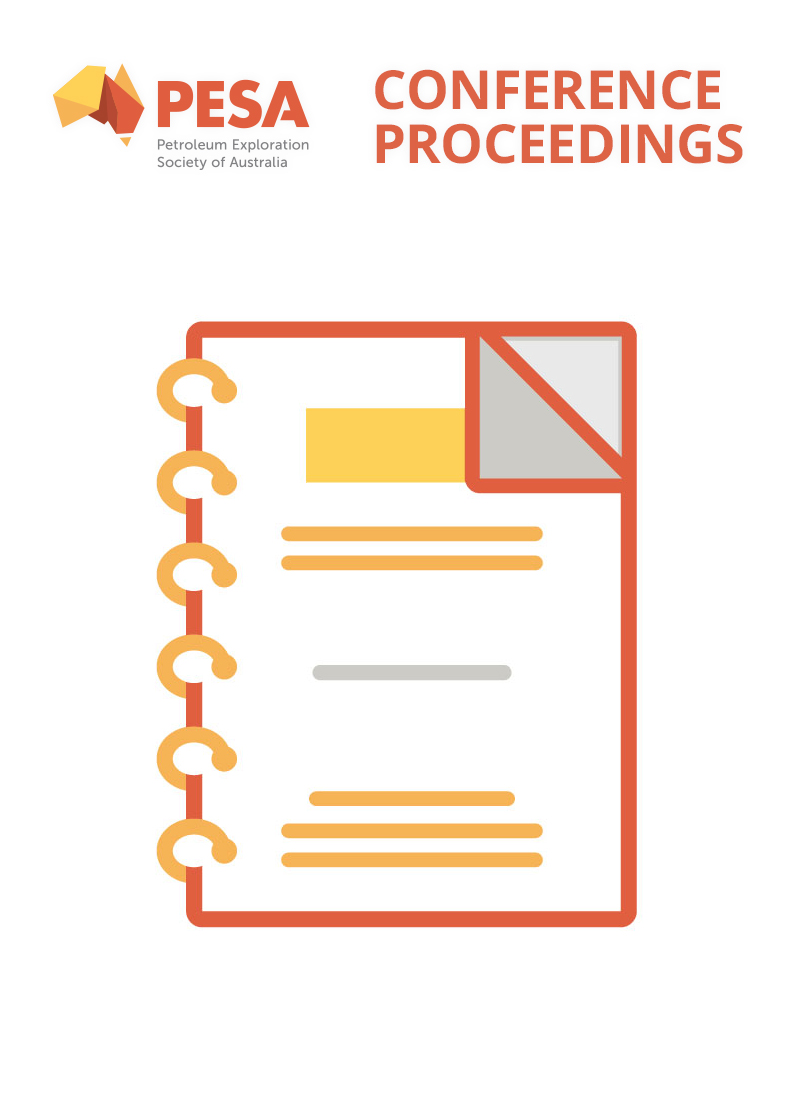Publication Name: Australasian Exploration Geoscience Conference 2019
Authors: Rowan Hansberry*, Simon Holford, Rosalind King, Natalie Debenham
Date Published: September 2019
Number of Pages: 4
Abstract:
Predicting the interconnectivity and permeability of fractures at any scale remains a fundamental challenge in structural geology. Models which predict the likelihood of fracture opening based on their relation to the stress field can be applied at scales of 100s of metres to kilometres. Increasingly, however, an understanding of how networks of the smallest-scale (sub-seismic to mm) natural fractures permit fluid flow in the subsurface appears key to predicting and exploiting these pathways. Here, we apply the nascent method of network topology to natural fracture networks to a fossilised fault damage zone in the Otway Basin. Network connectivity and the potential to percolate fluids has been shown to be directly related to the topology, and intensity of fracturing. This technique is relatively straightforward, provides a range of parameters to define various aspects of a fracture network (e.g. intensity, connectivity), and is independent of the scale and geometry of the structures of interest. We integrate this technique with traditional structural analysis to illustrate the scale of fracturing around a region-scale fault and constrain spatial variation in permeability associated with the fracture network. We also illustrate how elements of this technique might be applied to existing sub-surface data.

